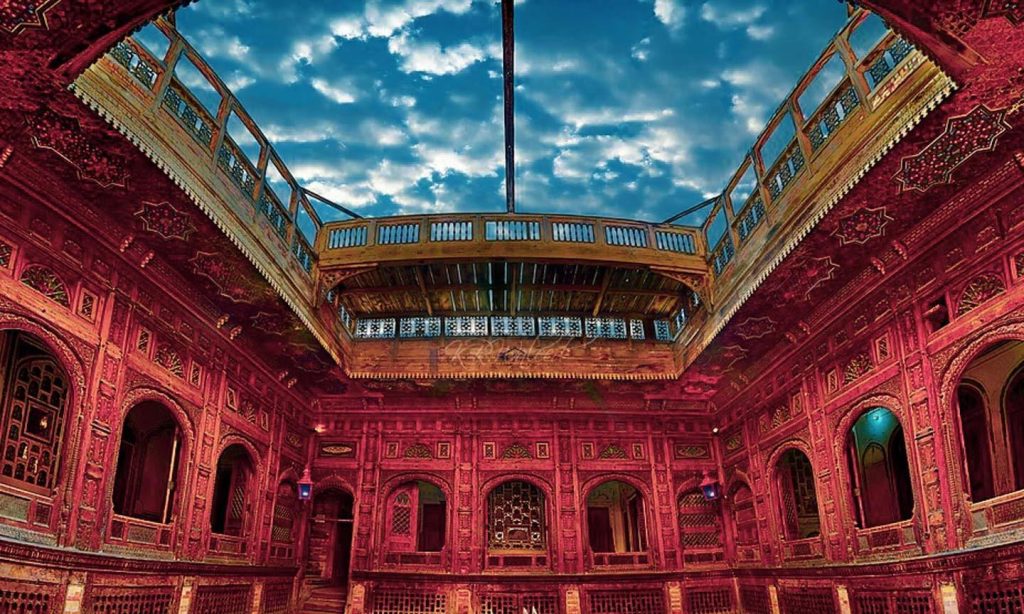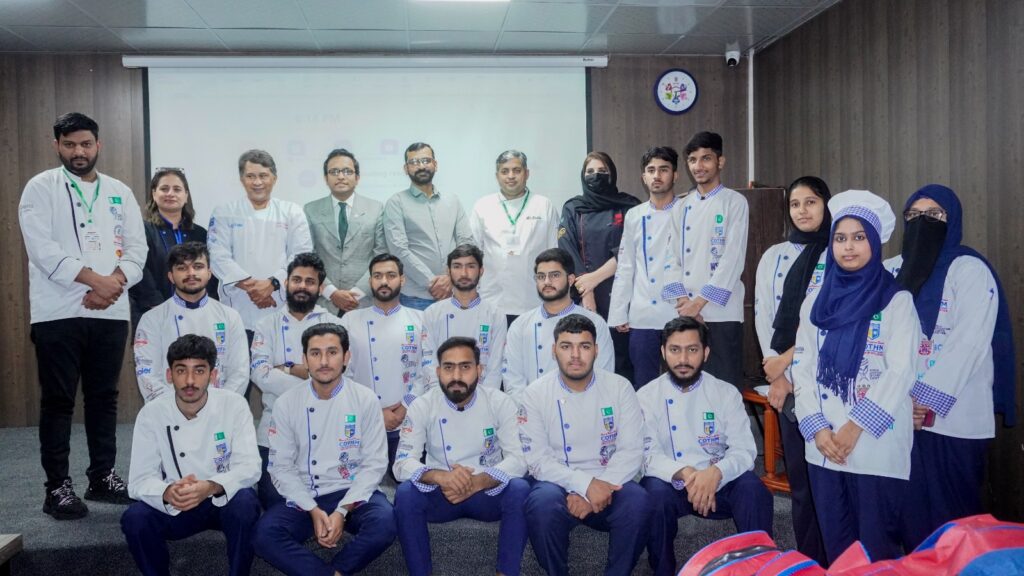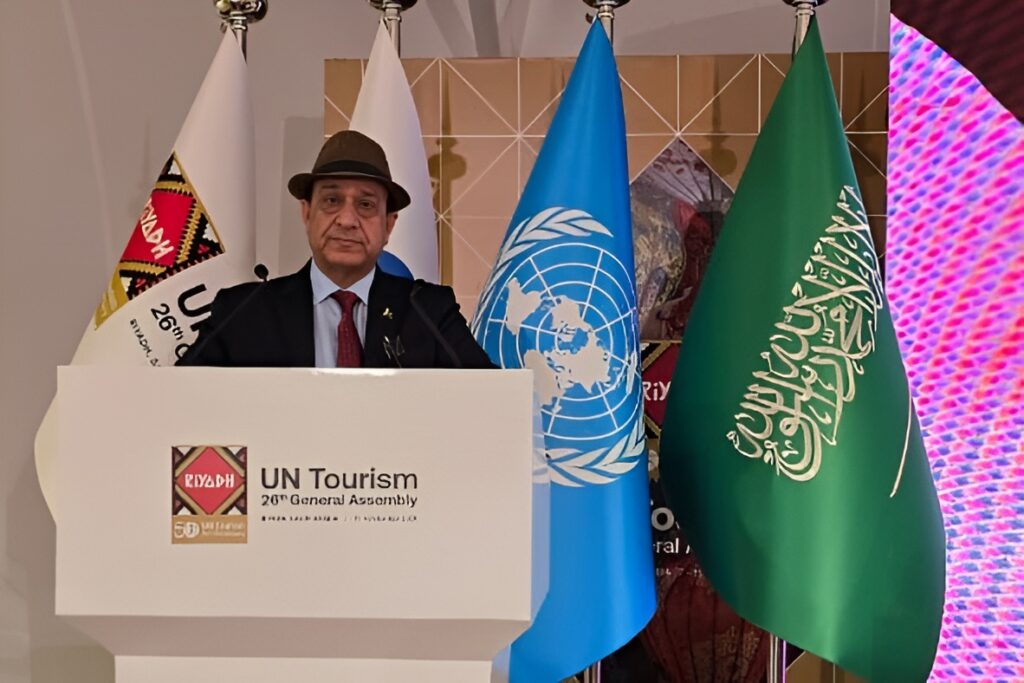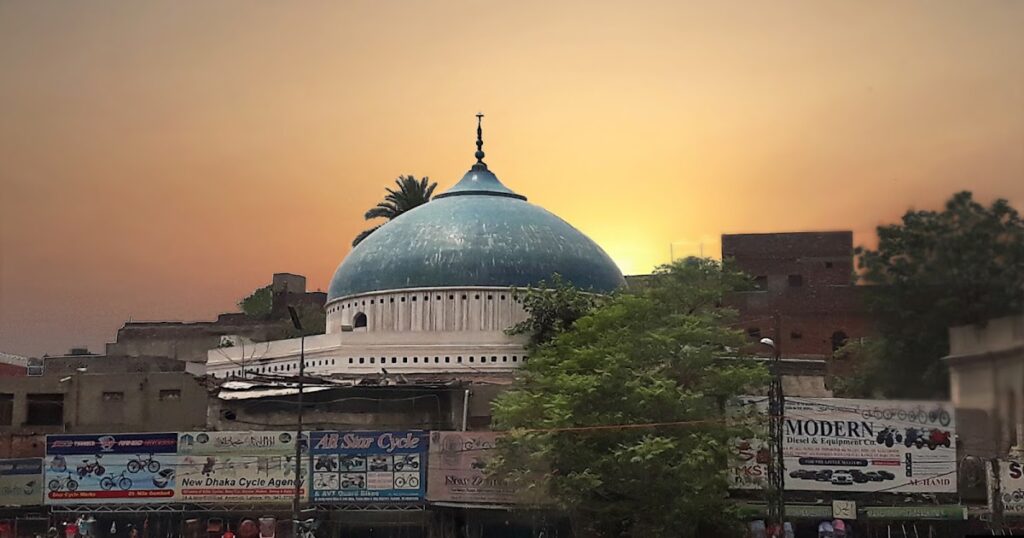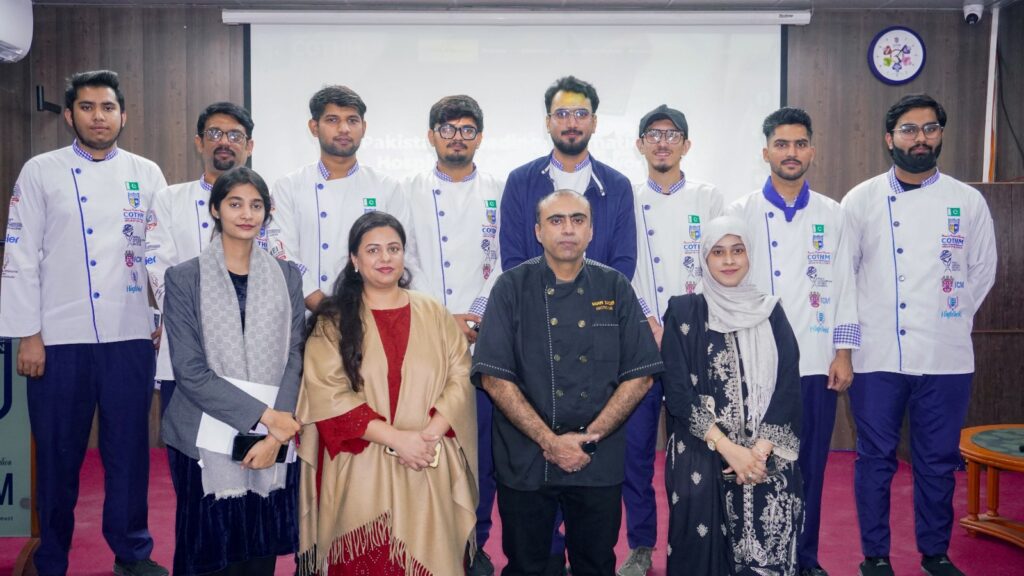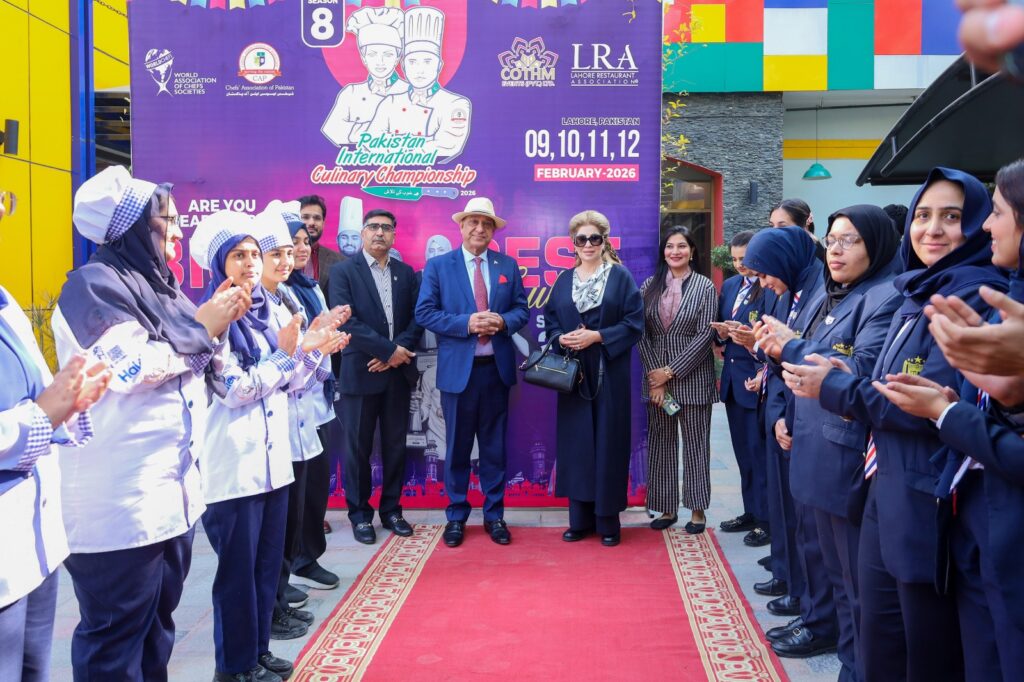Fakhar Alam
Sethi House Peshawar, a historical building of the British era had a unique architectural value and eye-catching wood craftsmanship has started attracting tourists following its conversion into a full fledge museum by the Khyber Pakhtunkhwa Government.
Located in a small alleyway, Sethi Mohalla near a historic Ghanta Ghar Peshawar is about ten minutes drive from the bustling Qissa Khawani bazaar. The Sethi Houses’ rare woodwork along with architectural designs of Muslims art and Central Asia reminisce tourists of the past’s glory after visiting this architectural masterpiece constructed by the wealthy Sethi family in 1886.
Inspired by Muslims and vernacular architecture of Bokhara Uzbakistan, the Sethi family associated with international trade had constructed the masterpiece after migrating from Jehlum Punjab to Peshawar in early 19th century at Mohallah Sethian where about seven havelis were built in almost the same style, signifying an affluent Sethis estheticism passion.
Associated with wood and furniture business with their trade expanded up to Central Asia, Sethi family had brought new innovation in architecture of houses, mansions and buildings as evident in the Sethi House, showing their unmatched architectural intellect and immense love for Muslims art and architecture.
The fate took a negative turn on Sethis in the start of 20th century when they received severe economic jolts due to Bolshevik revolution and their businesses were adversely affected after adaptation of a new currency by Soviet Union. Resultantly, they sold their houses for the revival of their business and strengthening of their economy.
Built by Sethi Karim Bakhsh, Sethi House is spread on 33 marlas having three portions including basement, courtyard and first floor. Its construction was started in 1835, and finally completed after 49 years in 1884.
The mehrabs inside its rooms are filled with small pieces of glass shelves intended to place candles at night. The ceiling is designed with pure Islamic architecture and the visitors could look at the ceiling for hours at a stretch, which enhances its elegance.
Buildings like Sethi House are built in centuries. It is the identity of Peshawar and its complete preservation was required to enhance its architectural outlook.
The visitors soon after entering Mohallah Sethian see its main wooden gate constructed on around five-feet height, leading them to a vast open courtyard with a water fountain in the middle, which reminds them of its glorious days when this stunning architectural masterpiece welcomed scores of people through its doors.
Four spacious rooms in the surrounding of its courtyard which are connected through passageways attract visitors’ attention. The windows of the rooms face the courtyard, each from the same angle, having a colorful glasswork looking like a great aesthetic beauty.
The visitors cannot remain unimpressed while seeing red and green colours in the window glasses, which are reminiscent of the post-renaissance art in European churches. The glass cut-pieces are imported especially from Belgium to concoct mélange of architecture.
The intricate web of floral designs on its doors, windows and arches stands as a testament to the artistry of the era’s artisans. These embellishments add to accolades one has for the workers, who put unsurpassed effort into the intricacies of the unique design, making Sethi House an architectural wonder.
Upon entering its first floor and balconies, the visitors come across with cold breeze and have birds eye view of the surrounding areas of Peshawar being the home of over 3,000 years old civilization. Its basement has spacious living rooms for the accommodation of visitors and holes in wooden ventilators are angled at a unique angle, ensuring an ample lighting throughout the day.
Sethi House is a model for the modern-day green architecture because of its perfectly built ventilating structures and unique architectural airy designs.
Sethi House was purchased by the KP Government in 2006. Following the completion of renovation and repair works, it was converted into a museum by the Archeology and Museums Department in 2010 and remained opened for tourists.
Sethi House’s conservation was achieved under the Cultural Heritage Trail Project (CHTP) Peshawar and completed by the PTI Government. Under the CHTIP, about 500 meters long trail from ancient Ghanta Ghar to Gor Gathri had been renovated including centuries-old buildings and houses to restore the original grandeur of Peshawar being the oldest city of South Asia.
The trail starts from the historical Ghanta Ghar and passes through ancient Bazaar-e-Kalaan and primordial Mohallah Sethian famous for scores of beautifully designed architectural houses constructed by Sethi Family in 1880s.
Completed at a cost of about Rs 301.5 million, the trail had significantly improved the outer appearances of about 85 heritage buildings of the Mughal, British and Sikh eras. Ali Mardan Khan Valley in Peshawar Cantonment built during colonial era has also been renovated besides ancient inns of Mughal era at Gor Gathri, Peshawar City.
https://www.app.com.pk/features/sethi-house-the-mughal-central-asian-architecture-turns-tourist-destination/
© Hospitality Plus. All rights reserved. |
Developed & Design By MANS Sol

